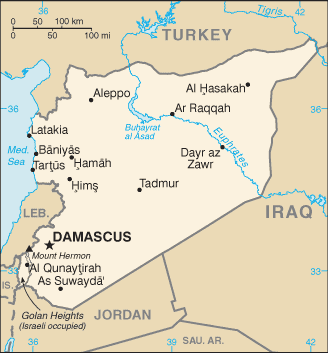Last week, a series of safe zones in Syria went into effect, with an aim of separating warring factions around the country. The details of how this is all going to work isn’t clear. It is working though, and that’s a significant detail, with fighting dropping significantly nationwide.
 Fighting, of course, hasn’t stopped entirely, with four rebels reported killed over the course of Saturday. Still, that’s dramatically less than on a normal day before the safe zones, and even as the rebels reject the safe zone idea, that relative calm is reason to be at least a bit hopeful.
Fighting, of course, hasn’t stopped entirely, with four rebels reported killed over the course of Saturday. Still, that’s dramatically less than on a normal day before the safe zones, and even as the rebels reject the safe zone idea, that relative calm is reason to be at least a bit hopeful.
Russian officials say the specifics of how the safe zones will be enforced are still far from finalized, and that it might well be at least as long as another month before everything is sorted out. In the meantime, the main thing that’s holding it together at all is the idea that it might work, after so many years of war.
Of course, a lot can go wrong with the deal, particularly right now while the details of enforcement are purely theoretical. That nothing has gone wrong yet may be a coincidence, but it might also be a sign of cooler heads prevailing for a change.


